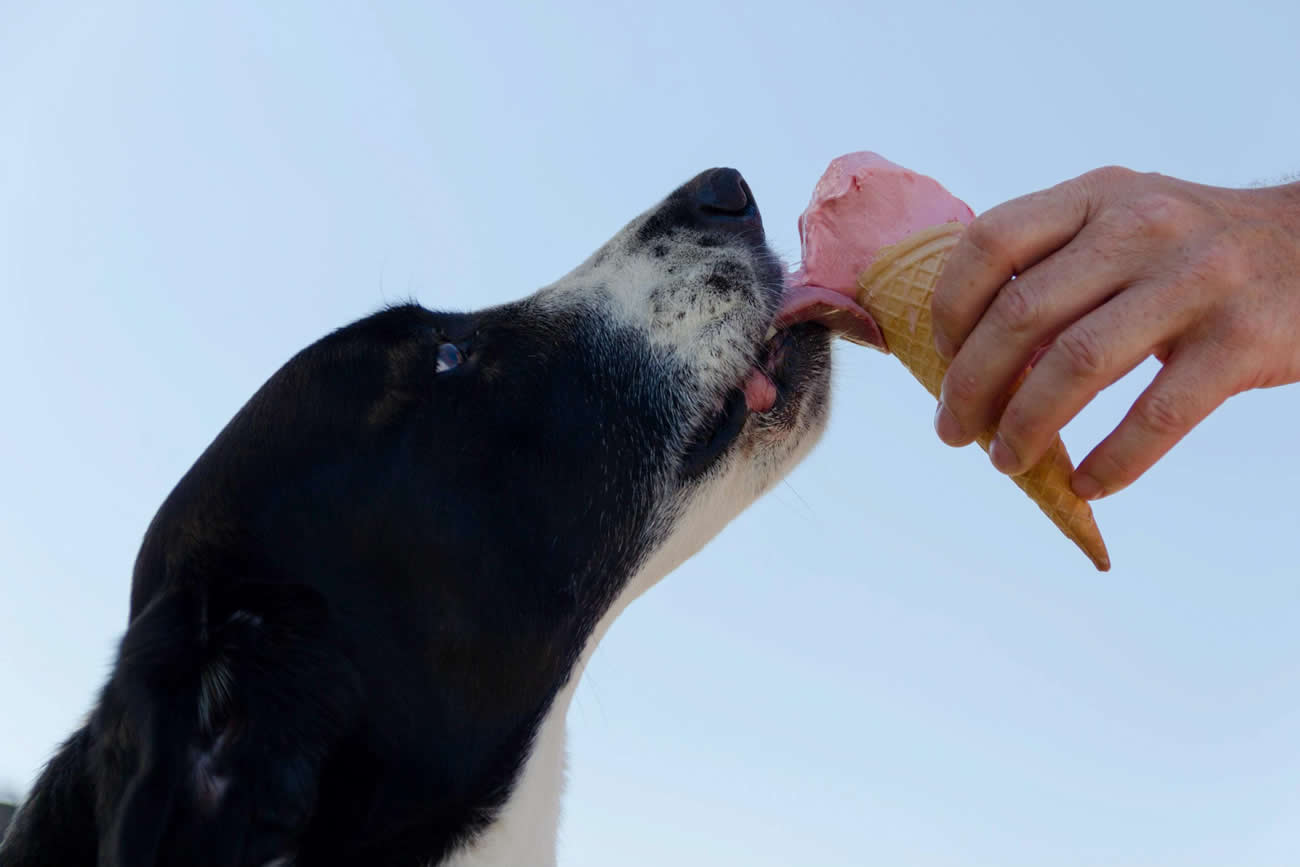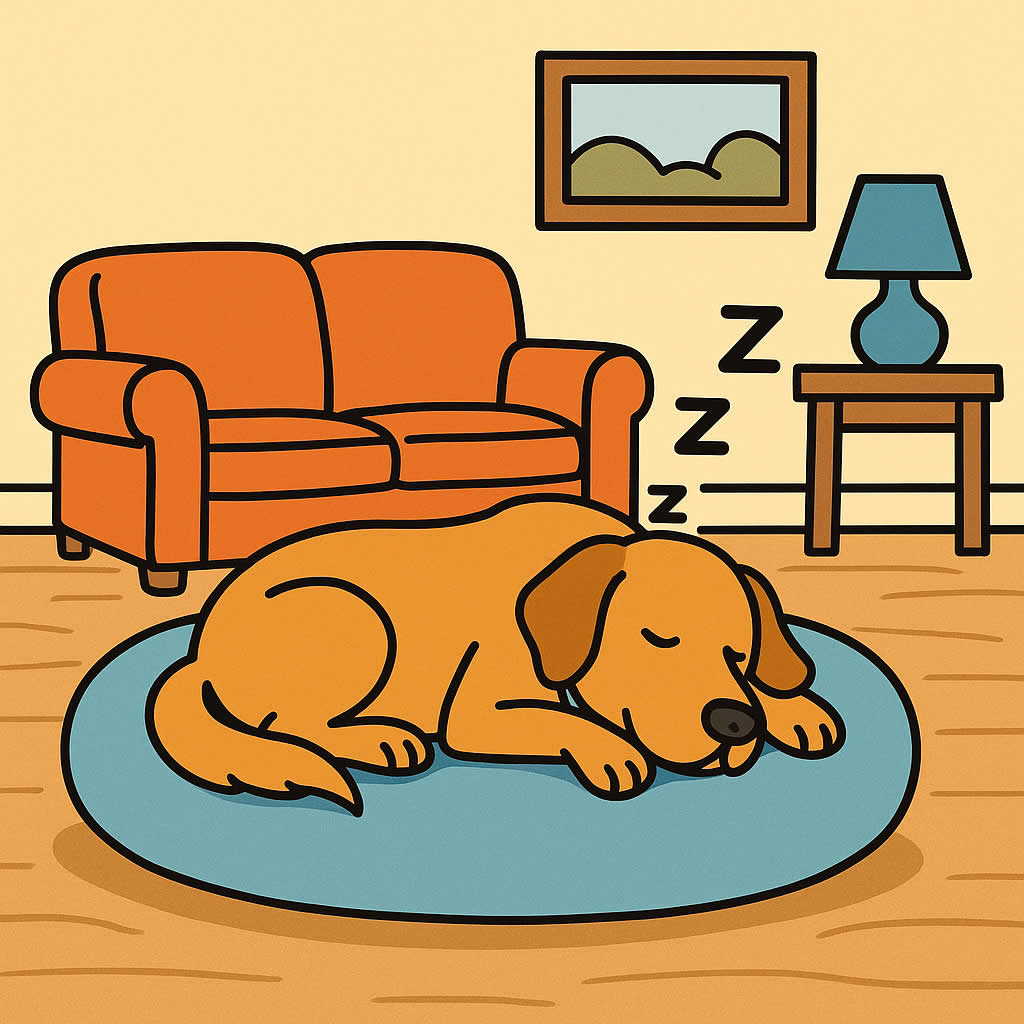Dogs have been our loyal companions for thousands of years, yet misconceptions about their behaviour and needs persist. Many of these myths can lead to misunderstandings that affect the way we care for our furry friends.
In this article, we will explore some of the most common dog myths, debunking them with facts and insights to help you better understand your canine companion.
Dogs See Only in Black and White
One of the most widespread beliefs is that dogs are completely colourblind and see the world only in shades of grey. This myth likely stems from the fact that dogs have fewer colour receptors in their eyes compared to humans.
However, research has shown that dogs can see some colours, particularly blues and yellows. Their vision is akin to that of a human with red-green colour blindness, meaning they struggle to distinguish between reds and greens.
So, while your dog may not appreciate the full spectrum of colours, they certainly see more than just black and white.
Understanding Canine Vision
- Colour Perception: Dogs primarily see blue and yellow, while reds and greens appear more muted.
- Movement Detection: Dogs are particularly good at detecting motion, which is why they often react quickly to moving objects.
- Night Vision: Dogs have a higher number of rod cells in their retinas, allowing them to see better in low light conditions than humans.
A Wagging Tail Always Means Happiness
Many pet owners interpret a wagging tail as a clear sign of a happy dog. However, this is a misconception that can lead to dangerous situations.
Tail wagging is just one aspect of canine body language and can indicate a variety of emotions. For instance, a dog may wag its tail when excited, but it can also wag in response to fear, anxiety, or even aggression.
Decoding Tail Language
- High, Fast Wagging: Often a sign of excitement or happiness, especially when accompanied by a relaxed body posture.
- Slow Wagging: This might indicate uncertainty or fear; the dog may be unsure about the situation.
- Tucked Tail: A sign of submission or fear, indicating that the dog is feeling threatened.
Dogs Eat Grass When They’re Sick
It’s a common belief that dogs eat grass to induce vomiting when they feel unwell. While some dogs may indeed eat grass when they’re feeling nauseous, many dogs enjoy the taste of grass or do so out of boredom.
Studies suggest that grass-eating is a natural behaviour for dogs and not necessarily a sign of illness.
Reasons Dogs Eat Grass
- Taste: Many dogs simply enjoy the taste and texture of grass.
- Boredom: Dogs may eat grass when they are bored or seeking attention.
- Natural Behaviour: Eating grass can be a normal part of a dog’s exploration of their environment.
One Dog Year Equals Seven Human Years
The idea that one dog year is equivalent to seven human years is an oversimplification. This myth fails to consider the variations in breed, size, and individual health. For example, smaller breeds tend to live longer and mature more slowly than larger breeds.
A more accurate approach is to consider a dog’s age in relation to its breed and size.
Age Conversion
- Puppy Stage: The first year of a dog’s life can be equivalent to 12-15 human years.
- Adulthood: By the age of two, many dogs are comparable to a 24-year-old human.
- Senior Years: Larger breeds may be considered seniors by age 6, while smaller breeds may not reach this stage until age 10 or older.
You Can’t Teach an Old Dog New Tricks
Contrary to popular belief, older dogs can learn new behaviours and tricks. While it may take a bit more patience and time, adult dogs are capable of learning just as well as puppies. The key is to use positive reinforcement techniques and keep dog training sessions enjoyable.
Tips for Training Older Dogs
- Short Sessions: Keep training sessions brief to maintain focus and enthusiasm.
- Positive Reinforcement: Use treats and praise to encourage good behaviour.
- Patience is Key: Be understanding of any limitations your older dog may have.
A Cold Nose Means a Healthy Dog
The notion that a cold, wet nose indicates good health is another myth that needs debunking. While many dogs do have cool noses, this is not a reliable indicator of their overall health.
Factors such as activity level, environment, and even the time of day can affect nose temperature.
What to Monitor
- Behaviour Changes: Look for changes in appetite, energy levels, or behaviour as more reliable indicators of health.
- Veterinary Visits: Regular check-ups with your vet are essential for monitoring your dog’s health.
Dogs Naturally Know How to Swim
While many dogs enjoy water, not all dogs are natural swimmers. Certain breeds, like Labrador Retrievers and Portuguese Water Dogs, are built for swimming, while others may struggle due to their body shape or size.
It’s important to supervise your dog around water and consider using a life jacket if they are not confident swimmers.
Dog Swimming Safety
- Supervision: Always keep an eye on your dog when they are near water.
- Life Jackets: Use a life jacket for breeds that may not swim well.
- Gradual Introduction: Introduce your dog to water slowly to help them feel more comfortable.
Dogs Don’t Need Training Until They’re Older
Some people believe that training is unnecessary until a dog reaches adulthood. In reality, early training can prevent behavioural issues and help establish a strong bond between you and your dog.
Starting training during the puppy stage is crucial for socialisation and basic commands.
Benefits of Early Training
- Socialisation: Exposing puppies to various environments and experiences helps them become well-adjusted adults.
- Behavioural Foundation: Teaching basic commands early lays the groundwork for more advanced training later on.
- Bonding: Training strengthens the bond between you and your dog, fostering mutual respect and understanding.
Dogs Understand Human Emotions
It’s often said that dogs can sense human emotions, and there is some truth to this. Dogs are incredibly perceptive and can pick up on cues from their owners, such as body language and tone of voice.
They may respond to their owner’s emotional state, providing comfort or companionship when needed.
How Dogs Respond
- Empathy: Many dogs will approach their owners when they sense sadness or distress.
- Behaviour Change: Dogs may alter their behaviour based on their owner’s mood, becoming more playful or calm as needed.
Chocolate is Safe in Small Quantities
This myth could not be further from the truth. Chocolate is toxic to dogs, and even small amounts can lead to serious health issues.
Theobromine, a compound found in chocolate, is harmful to dogs, and ingestion can result in symptoms ranging from vomiting to seizures and even death.
Safe Treat Alternatives
- Dog-Safe Treats: Always choose treats specifically formulated for dogs.
- Fruits and Vegetables: Many dogs enjoy safe fruits and vegetables, such as carrots or blueberries, as treats.
Neutering Changes a Dog’s Personality
Some people worry that neutering will alter their dog’s personality. In reality, neutering can help reduce certain undesirable behaviours, such as roaming or aggression, without changing the dog’s fundamental personality.
It’s essential to discuss any concerns with your veterinarian to understand the benefits of neutering.
Benefits of Neutering
- Behavioural Improvements: Neutering can lead to a calmer, more focused dog.
- Health Benefits: Neutering can prevent certain health issues, such as reproductive cancers.
Dogs Need to be Fed Table Scraps
Feeding dogs table scraps may seem like a harmless gesture, but it can lead to obesity and nutritional imbalances. Dogs require a balanced diet specifically designed for their nutritional needs.
Instead of sharing your meal, stick to high-quality dog food and treats.
Healthy Feeding Practices
- Portion Control: Measure your dog’s food to prevent overeating.
- Quality Food: Choose a complete and balanced dog food to ensure they receive the necessary nutrients.
Our Final Say!
Understanding the truth behind these common dog myths is essential for any dog owner. By debunking these misconceptions, we can provide our dogs with the care and attention they deserve.
Remember, every dog is unique, and building a strong bond with your canine companion requires ongoing learning and understanding. So, the next time you hear a dog myth, take a moment to consider the facts and give your furry friend the best life possible.







